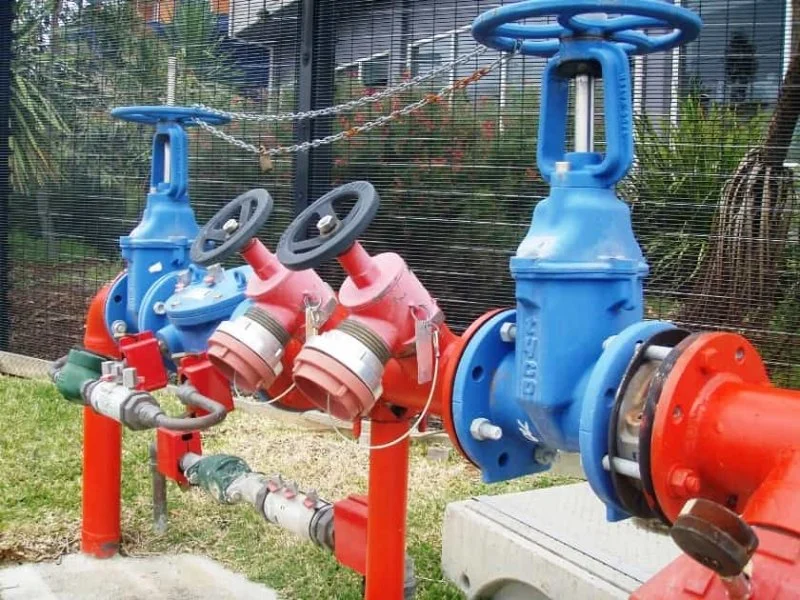
- What Are Backflow Preventers?
- Why Annual Testing is Important
- Steps to Test a Backflow Preventer
- Common Issues with Backflow Preventers
- When to Call a Professional
What Are Backflow Preventers?
Backflow preventers are devices designed to protect your home's water supply from contamination by preventing the reverse flow of water. In simple terms, they ensure that water flows only in one direction—from the public water system into your home. When water moves backward, it can carry contaminants like chemicals, bacteria, or other harmful substances into your clean water supply. Backflow preventers are installed in areas where backflow is likely to occur, such as near irrigation systems, fire sprinkler systems, or plumbing connections to external water sources.
Without proper backflow prevention, harmful substances from industrial or outdoor sources can contaminate drinking water, posing significant health risks. This is why testing backflow preventers annually is crucial for maintaining a safe water supply.

Mrs. Michael Plumbers, Electricians, and HVAC Technicians
HowellLivingston CountyMichigan
1150 N Old US 23, Howell, MI 48843, USA
Why Annual Testing is Important
Testing your backflow preventer annually is vital to ensure it continues to function effectively. Over time, backflow preventers can experience wear and tear or other issues that could compromise their ability to protect your water supply. Regular testing ensures that any potential malfunctions are caught early, preventing serious contamination risks.
In some areas, local regulations require that backflow preventers be tested annually to comply with health and safety standards. Additionally, some water utilities may request proof of testing before they will provide water services, especially in commercial settings.
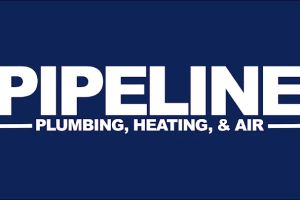
Pipeline Plumbing Heating & Air
370 N Palm St suite a, Brea, CA 92821, USA
1. Maintaining Water Safety
Regular testing is essential for ensuring that the water flowing into your home remains uncontaminated. If a backflow preventer fails or is improperly installed, it could allow contaminants to enter your water supply, posing a threat to health. Annual testing helps maintain the integrity of your water supply by verifying that your backflow prevention system is working correctly.
2. Meeting Legal Requirements
In many jurisdictions, testing backflow preventers annually is not just a best practice—it's a legal requirement. Compliance with local health codes and plumbing regulations helps prevent fines and ensures your water supply meets safety standards.
3. Saving Money on Repairs
Early detection of issues with your backflow preventer can save you money in the long run. Testing helps identify minor problems before they become major issues that may require costly repairs or replacements. By maintaining your system annually, you can extend the life of your backflow preventer and avoid expensive emergency service calls.
Steps to Test a Backflow Preventer
Testing a backflow preventer typically involves checking the device's functionality to ensure it’s preventing the reverse flow of water effectively. While it’s recommended that you hire a licensed plumber to perform this test, here is an overview of the process:
1. Shut Off Water Supply
Before beginning the test, the water supply to the backflow preventer must be turned off to prevent any unwanted water flow during the inspection. This step ensures the accuracy of the test and the safety of the water system.
2. Attach Test Kit
A backflow testing kit is used to measure the pressure within the system. The kit typically includes a gauge that is attached to the test cocks of the backflow preventer. This allows the technician to monitor the pressure in various chambers to determine whether the backflow preventer is functioning as it should.
3. Check for Proper Valve Sealing
Once the test kit is attached, the valves in the backflow preventer are carefully tested to ensure they are sealing properly. If any of the valves fail to close fully, water could flow backward into the system, which means the backflow preventer isn’t doing its job.
4. Record Test Results
After conducting the tests, the results should be recorded on a report form. This document serves as proof of the test, which may be required by local water authorities or property management. If any issues are identified, the backflow preventer may need to be serviced or replaced.
5. Re-activate Water Supply
Once the testing is complete, the water supply is turned back on, and the system is checked for leaks or abnormalities. If everything checks out, the system is restored to normal operation.
Common Issues with Backflow Preventers
While backflow preventers are designed to be reliable, certain issues can arise over time that may compromise their performance. Here are some common problems to watch out for:
1. Valve Malfunctions
One of the most common issues is a malfunctioning valve. Over time, the rubber seals in the valves can degrade or become damaged, preventing them from creating a proper seal. This can lead to the backflow of water into the system, putting your water supply at risk. Annual testing helps identify and fix this problem early.
2. Blockages and Debris
Debris, such as dirt or minerals, can accumulate within the backflow preventer, leading to blockages that affect its ability to function properly. Regular inspection and cleaning can prevent this problem and ensure that the system remains clear.
3. Incorrect Installation
In some cases, a backflow preventer may not have been installed correctly, which can cause it to fail during testing. Improper installation can also lead to leaks or pressure problems within the system. If you suspect improper installation, it's important to have a professional plumber inspect and correct the issue.
When to Call a Professional
While some basic maintenance tasks can be performed by homeowners, backflow testing and repairs should always be done by a licensed professional. A certified plumber has the tools, knowledge, and expertise to properly test the backflow preventer and ensure it is functioning correctly.
If you notice any of the following signs, it’s time to call in a professional:
1. Failure to Pass the Test
If your backflow preventer fails the annual test, it’s crucial to have a professional evaluate and repair the device. A failed test indicates that the system is no longer providing the necessary protection, and any delay in fixing the issue could risk contamination of your water supply.
2. Persistent Leaks or Unusual Sounds
If you notice water leaks around your backflow preventer or hear unusual sounds like gurgling or hissing, it may indicate a problem with the device. A licensed plumber can troubleshoot and repair these issues to restore the system to optimal performance.
For reliable backflow preventer testing and professional plumbing services, visit our website at Plumbers Supply Hub for the best products and services to keep your water system safe.





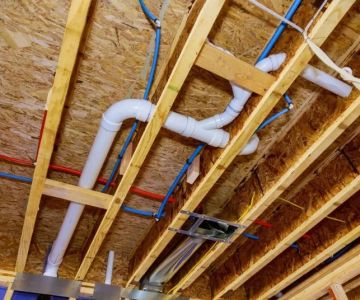
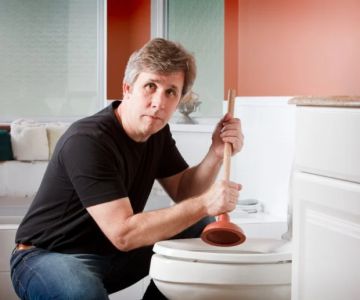
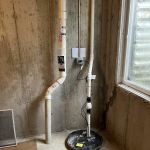 Turner Plumbing5.0 (103 reviews)
Turner Plumbing5.0 (103 reviews)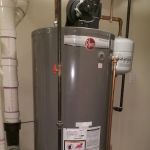 North Star Plumbing Services, Inc.4.0 (5 reviews)
North Star Plumbing Services, Inc.4.0 (5 reviews)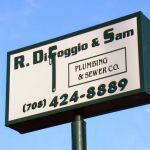 R Difoggio & Sam Plumbing And Sewer Company, Inc.4.0 (157 reviews)
R Difoggio & Sam Plumbing And Sewer Company, Inc.4.0 (157 reviews) Moody Plumbing, Inc.4.0 (372 reviews)
Moody Plumbing, Inc.4.0 (372 reviews)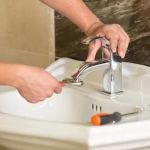 Slone's Plumbing4.0 (105 reviews)
Slone's Plumbing4.0 (105 reviews)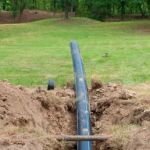 Remi's Plumbing and Heating4.0 (29 reviews)
Remi's Plumbing and Heating4.0 (29 reviews)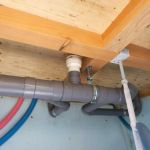 How to Repair a Leaking Air Admittance Valve
How to Repair a Leaking Air Admittance Valve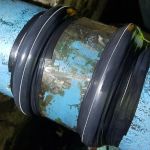 How to Repair a Pipe Saddle That Leaks
How to Repair a Pipe Saddle That Leaks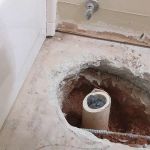 How to Replace a Broken Pipe in a Slab Foundation: Step-by-Step Guide
How to Replace a Broken Pipe in a Slab Foundation: Step-by-Step Guide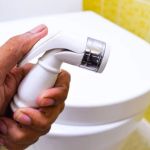 How to Install a Bidet Attachment Safely | Expert Plumbing Tips
How to Install a Bidet Attachment Safely | Expert Plumbing Tips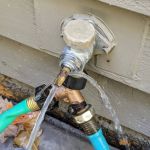 How to Replace a Spigot That Leaks Only When Turned On – A Step-by-Step Guide
How to Replace a Spigot That Leaks Only When Turned On – A Step-by-Step Guide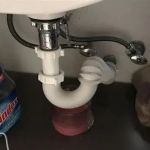 How to Fix a Sink That Drains Slowly Over Time: Expert Tips for a Faster Drain
How to Fix a Sink That Drains Slowly Over Time: Expert Tips for a Faster Drain